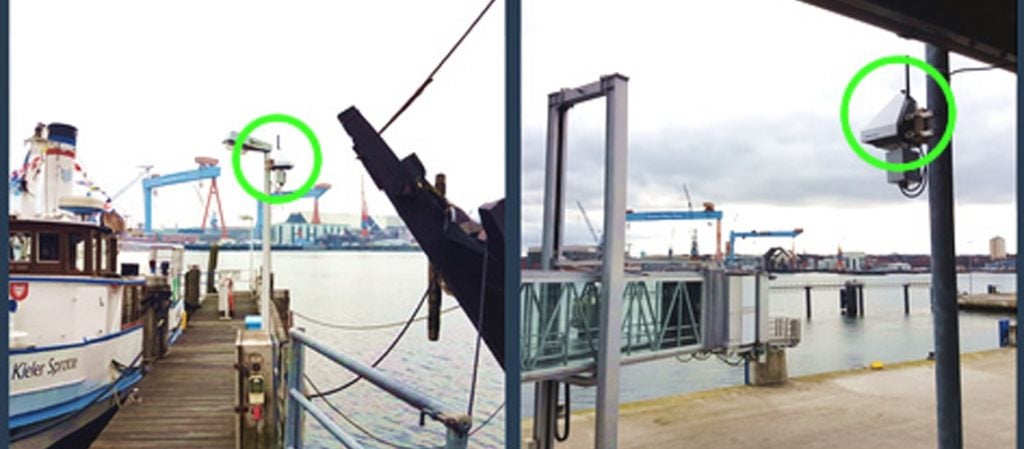AQMesh pods, supplied by the German distributor Envilyse, measured NO, NO2, O3, PM1, PM2.5 and PM10, as well as relative humidity, temperature and atmospheric pressure. After being co-located with passive samplers at the installation site to provide the greatest degree of accuracy, real time sensor data from the AQMesh pods was fed into the Ortelium system.
The Ortelium atlas allowed measurements from the pods to be visualised in real time and, combined with meteorological data, showed how the emission levels changed during arrival, berthing and departure of the cruise ships.
Data analysis concluded that the cruise ships were not directly responsible for high levels of NO2. This is a similar outcome to a study carried out at a UK airport, which concluded that local traffic was more of an issue than the airport activity.
Plumes from shipping are notoriously difficult to detect and analyse from land, but AQMesh now has a carbon dioxide (CO2) sensor which allows a combustion plume to be detected from elevated CO2 levels. Pollutants can then be evaluated in this context.
AQMesh is in use at a variety of harbours and ports around the world including the UK, Italy, Norway, Netherlands, Vietnam and Germany. The pods can now monitor up to 6 gases using the latest generation of sensors, as well as PM1, PM2.5, PM10 and total particle count (TPC) with a light-scattering optical particle counter.


